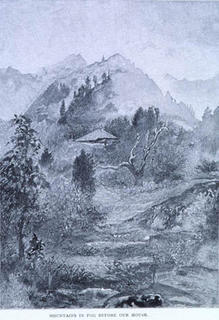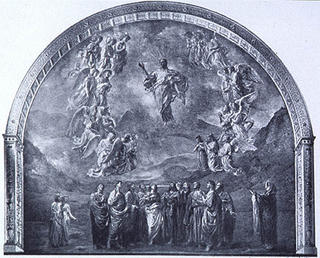The 1876 Centennial Exhibition
THE 1876 CENTENNIAL EXHIBITION
The Centennial Exhibition in 1876 contrasted the poor designs of American mass-produced goods with the beauty and workmanship of Japanese crafts displayed in the "Japanese Dwelling" and for sale at the Japanese Bazaar. Artists and artisans began to admire Japanese design and art-lovers began to collect Japanese prints, bronzes, and lacquer ware.
John Greenleaf Whittier. "Hymn." In United States Centennial Commission. International Exhibition of 1876: Opening Ceremonies. Philadelphia, 1876. Whittier's "Hymn" acknowledged the presence of Asian exhibits at the fair in its fourth stanza:
John Greenleaf Whittier. "Hymn." In United States Centennial Commission. International Exhibition of 1876: Opening Ceremonies. Philadelphia, 1876. Whittier's "Hymn" acknowledged the presence of Asian exhibits at the fair in its fourth stanza:
Thou, who hast here in concord furled
The war flags of a gathered world,
Beneath our Western skies fulfill
The Orient's mission of good will,
And, freighted with love's Golden Fleece,
Send back the Argonauts of peace.
The war flags of a gathered world,
Beneath our Western skies fulfill
The Orient's mission of good will,
And, freighted with love's Golden Fleece,
Send back the Argonauts of peace.
John La Farge. An Artist's Letters from Japan. New York: The Century Company, 1897.

The American artist John LaFarge travelled to Japan to experience for himself the aesthetics of Japanese art and its natural inspirations. Observations made in the summer of 1886 are dedicated to La Farge's companion on the voyage, Henry Adams, and to art historian Kakuzo Okakura.

Before going to Japan, LaFarge had been commissioned to make an altar painting for the Church of the Ascension in New York. When he returned, he created a Japanese landscape on which he superimposed western figures of the biblical story of the Ascension of Christ.

This "first popular book" on the subject quotes La Farge's wish, expressed in his many lectures on the subject, that Japanese artists uphold their tradition. Hartmann, son of a Japanese mother and a German father, played an important role in identifying Japanese influences on American artists.

Hiroshige. "Bridge in the Rain." Typical of the Yukio-ye school which Hartmann discusses in his chapter on "The Realistic Period, " this print and others like it flooded France, England, and the United States at the turn of the century. First seen decades earlier in France, where they were said to have been used as packing material at a time when the Japanese found them valueless, they influenced the Impressionist painters and later American and British artists.

0 Comments:
Post a Comment
<< Home